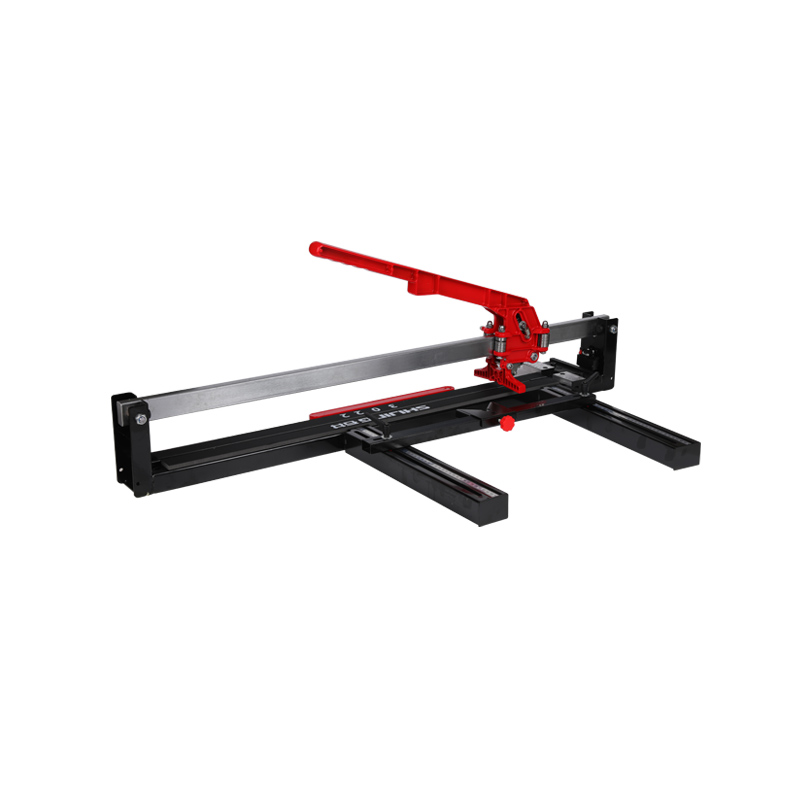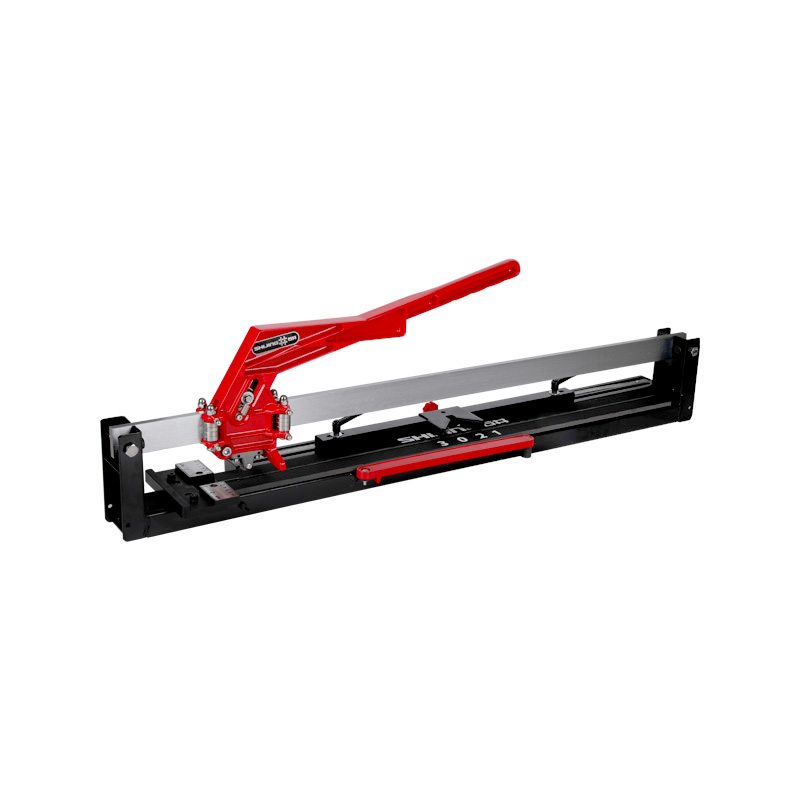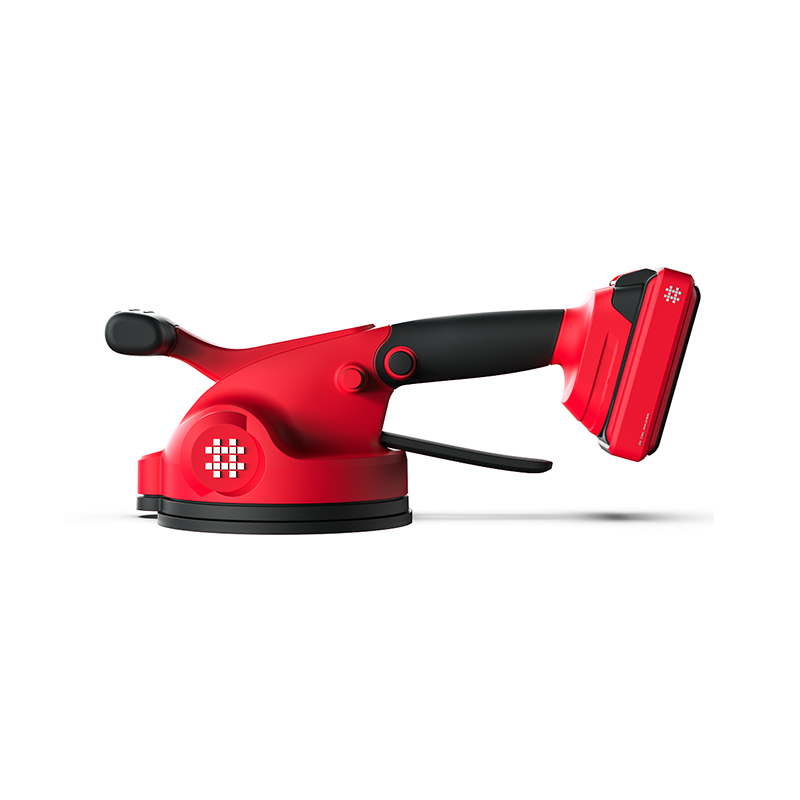You can learn the recent information of Shijing.
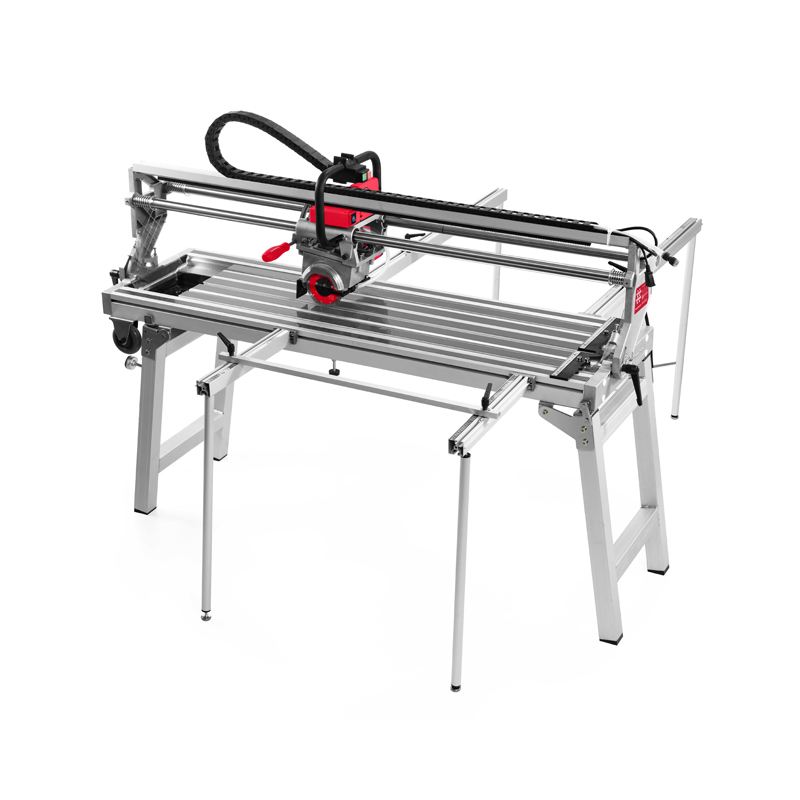
Tile cutting is an essential skill in the realm of home improvement and professional construction. The choice of tile cutters can make a significant difference in the efficiency and precision of the task at hand. Tile cutters come in two primary varieties: manual and electric, each catering to different needs and preferences.
Manual Tile Cutters: The DIY Solution
For those who prefer a hands-on approach or are tackling smaller-scale projects, manual tile cutters are a choice. These devices are user-friendly and do not require an external power source, making them highly portable and convenient for DIY enthusiasts and homeowners. The simplicity of a manual tile cutter allows for ease of use, even for those without professional training. The lightweight design and compact size of these cutters make them ideal for cutting smaller pieces of tile without the need for heavy machinery.
Electric Tile Cutters: Powerhouse for Professionals
On the other hand, electric tile cutters are the go-to tools for large-scale or high-frequency tile cutting tasks. These machines are particularly favored in commercial settings and by professional contractors due to their high cutting efficiency. The electric tile cutter's ability to swiftly and accurately slice through tiles makes it a valuable asset in the construction industry. With the press of a button, these machines can complete what would otherwise be a labor-intensive task, thus saving time and effort.
Comparing Tile Cutters: A Matter of Preference and Application
When it comes to choosing between a manual and an electric tile cutter, the decision often hinges on the specific requirements of the project. For small-scale home renovations or when working in areas without access to electricity, a manual tile cutter is the practical choice. However, for large-scale construction projects or when speed and precision are paramount, an electric tile cutter is the option.
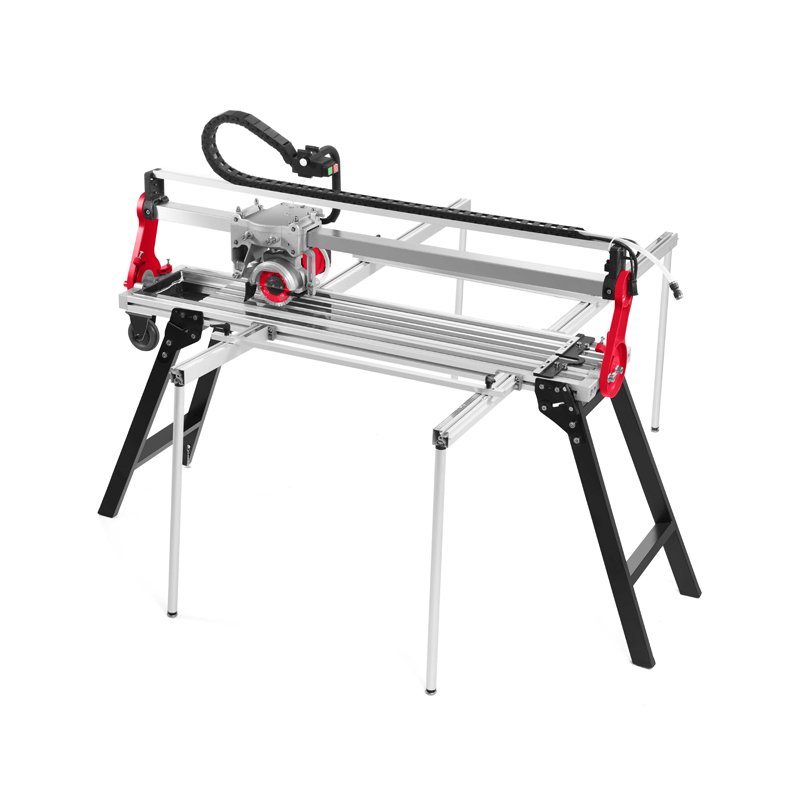
The Advantages of Tile Cutters in Modern Construction
Tile cutters, whether manual or electric, offer several advantages in the world of construction and home improvement. They allow for precise cuts that can enhance the aesthetic appeal of a space. Additionally, the use of tile cutters can reduce material waste by ensuring that tiles are cut to the exact size needed, which is particularly important in projects where tile availability is limited.
Tile cutters also contribute to the safety of the work environment. By providing a controlled method for cutting tiles, the risk of injury from broken or uneven edges is significantly reduced. This is especially important in professional settings where multiple workers are handling tiles on a daily basis.
Maintaining and Caring for Tile Cutters
Proper maintenance of tile cutters is crucial for their longevity and performance. Regular cleaning and sharpening of the blades are necessary to keep a manual tile cutter in top condition. For electric tile cutters, it is essential to keep the machine well-maintained, including checking the blade tension and ensuring the motor is in good working order.
Tile cutters are indispensable tools in the world of construction and home improvement. The choice between manual and electric tile cutters should be guided by the specific needs of the project and the environment in which the work is being done. Regardless of the type, tile cutters offer precision, efficiency, and safety, making them a valuable addition to any toolkit. By understanding the differences and advantages of each type of tile cutter, one can make an informed decision and select the suitable tool for the job at hand.
 English
English 中文简体
中文简体 русский
русский Español
Español Deutsch
Deutsch
.jpg)
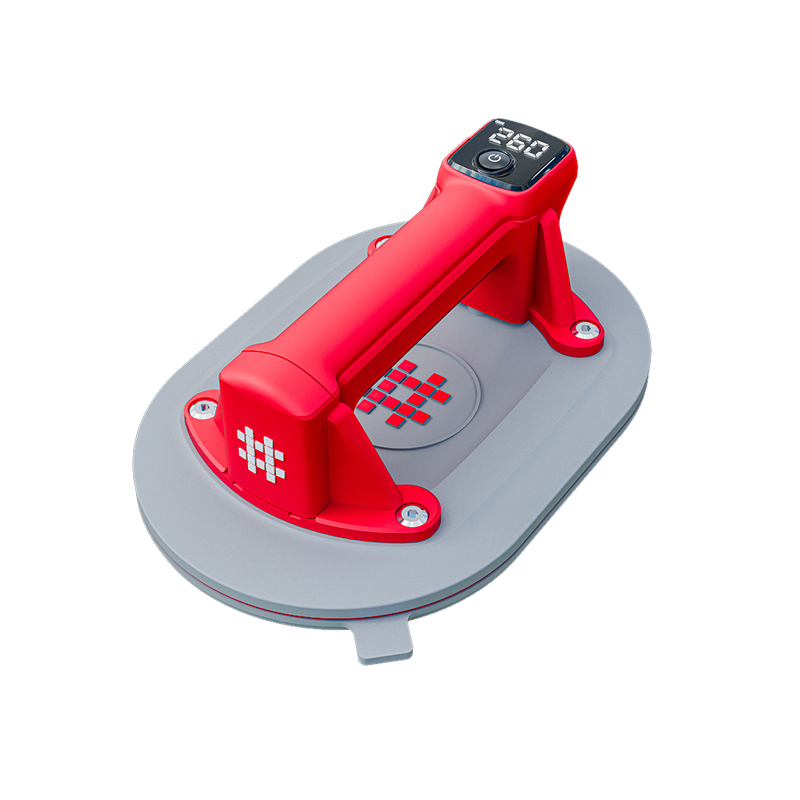
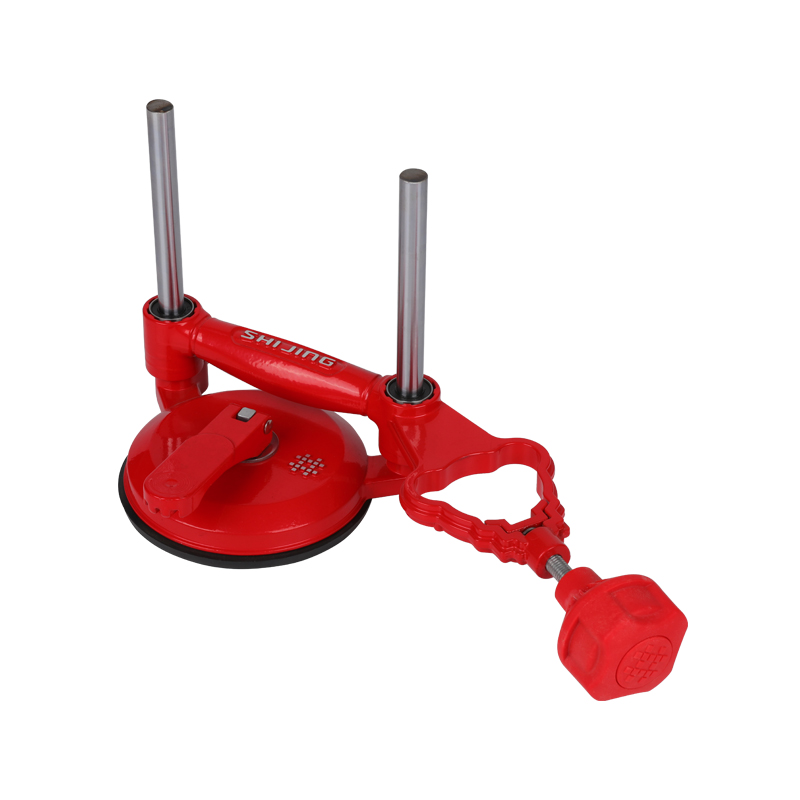
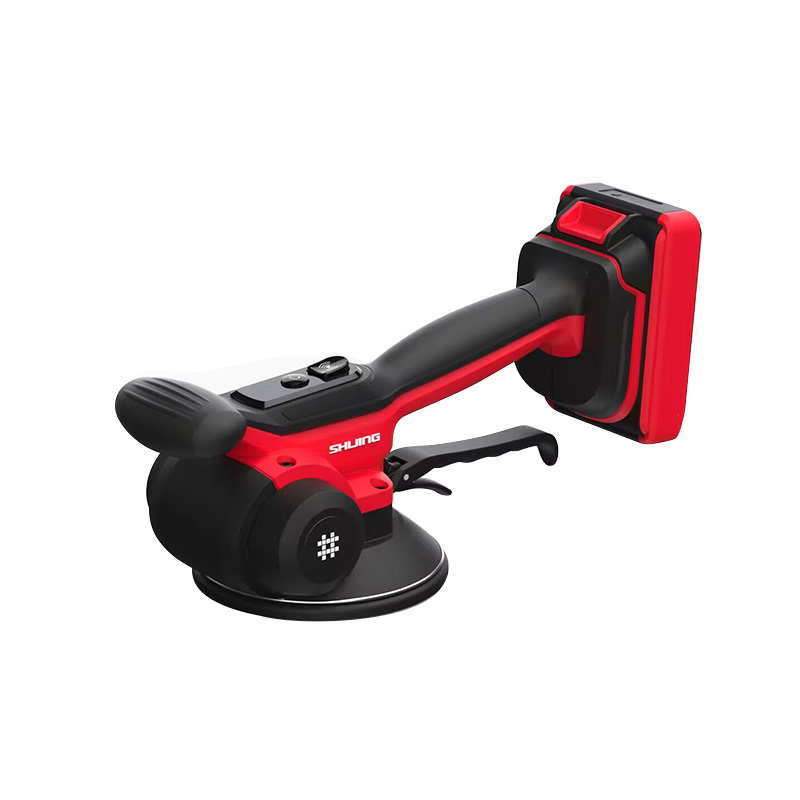
-2.jpg)
.jpg)
-3.jpg)


.jpg)
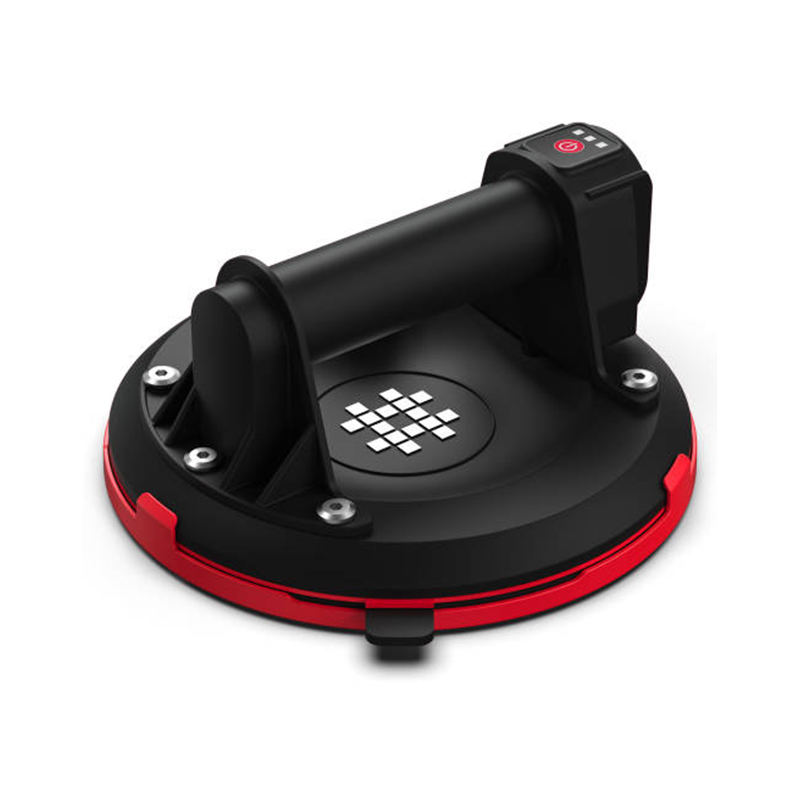
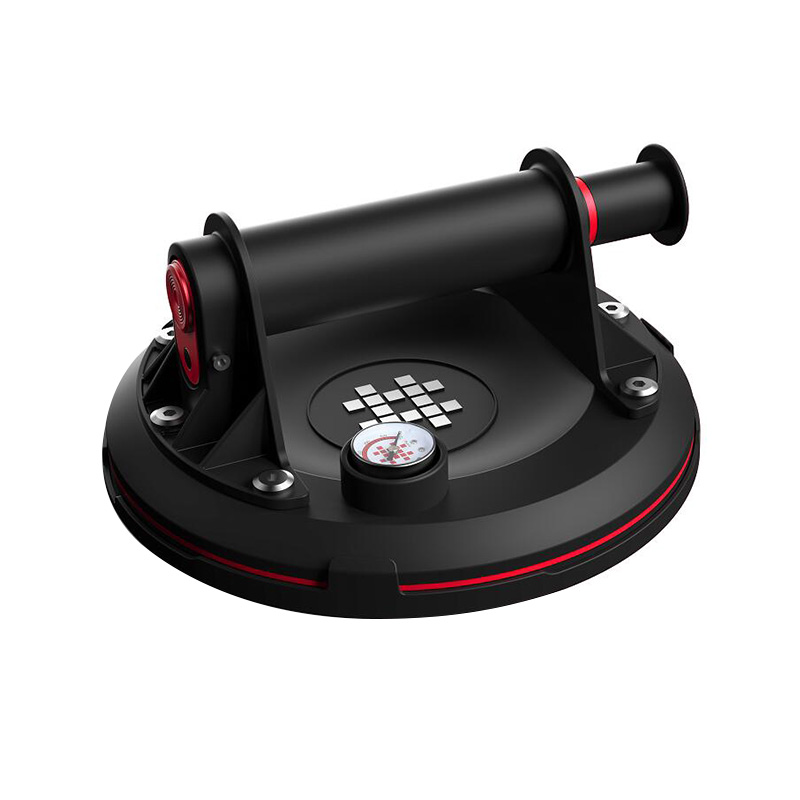

.jpg)

-5.jpg)

